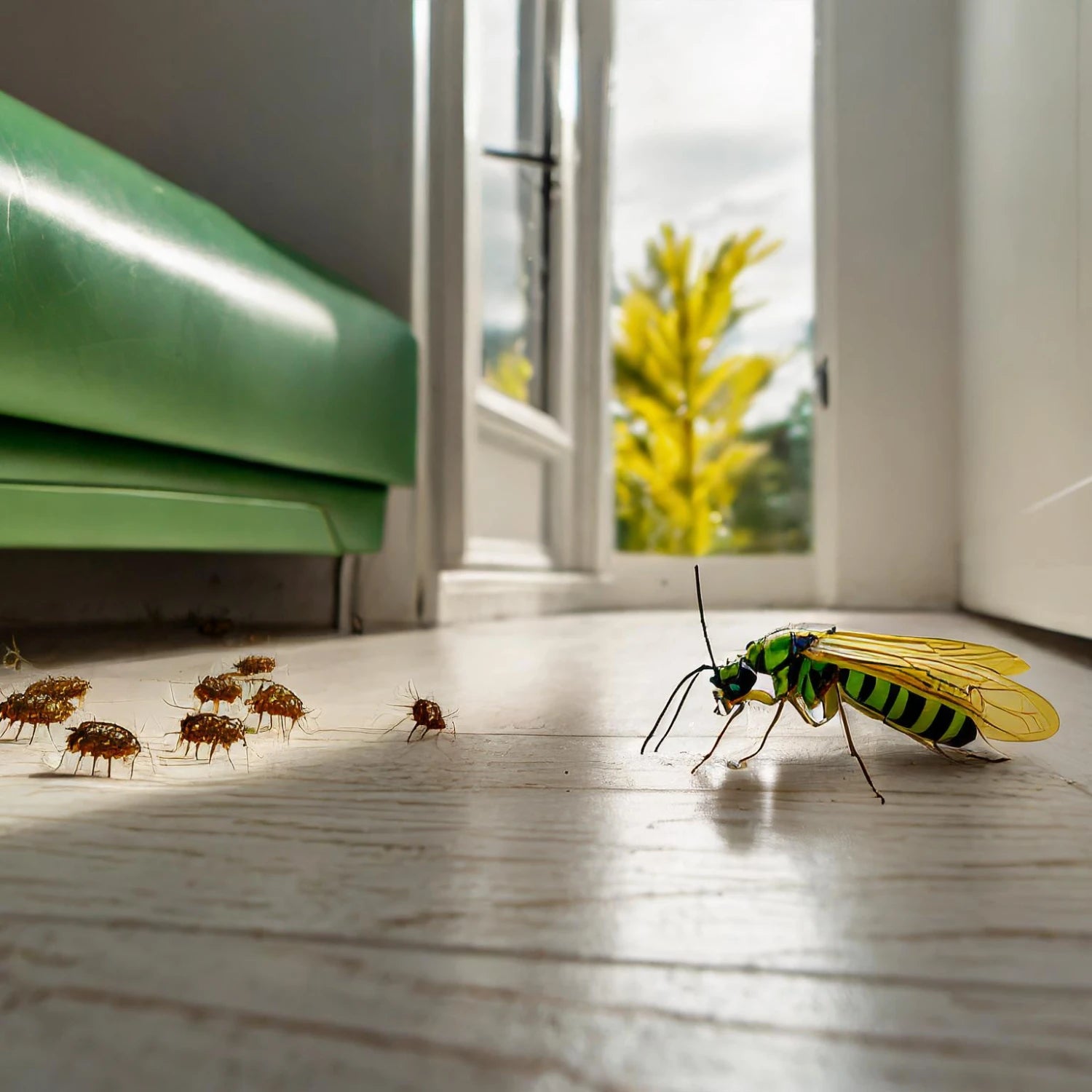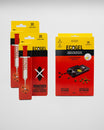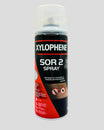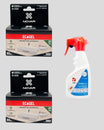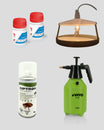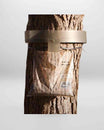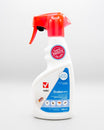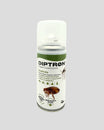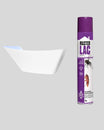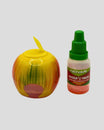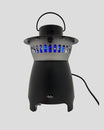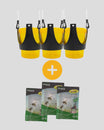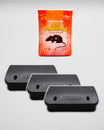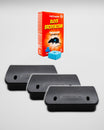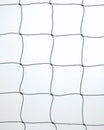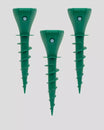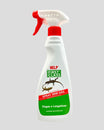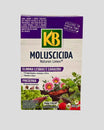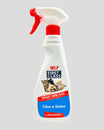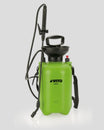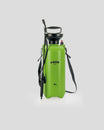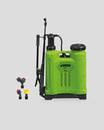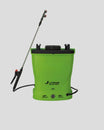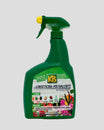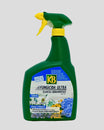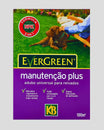The most well-known and dangerous rodent species for humans are the black rat, the house mouse and the rat. Although they are considered wild animals, these rodents have adapted to urban conditions and environments, taking advantage of the interior of buildings to create nests, or simply to find hiding places that allow them to access food.
What are the main health risks in case of a rat infestation?
There are several serious problems associated with a rat infestation, but health risks remain the most dangerous consequence. Urban pests are often responsible for the transmission of bacteria and, often, diseases. In the case of rats, there are a few diseases worth noting.
1. Leptospirosis
Leptospirosis is caused by a bacterium present in the urine of infected rats. There are several reports of cases of contamination through unhygienic packaging stored after coming into contact with a rat infestation. This disease affects both humans and animals and, if not treated properly, the victim can develop kidney damage, meningitis, liver failure and respiratory distress.
2. Rat-Bite Fever
Rat-bite fever is transmitted to humans in about 10% of recorded rat bites. It is usually caused by rat bites, but can be caused by the bite of any rodent and mainly affects urban dwellers living in overcrowded conditions. The typical causative organism varies according to geographic region, with the most common organism in Europe being Streptobacillus moniliformis . Despite its name, this disease can also be transmitted by a scratch or by ingesting food or water contaminated with rat droppings.
3. Hantavirus Pulmonary Syndrome or Hantavirus Disease
It is a deadly disease transmitted by infected rodents through urine, droppings or saliva. It is a rare but fatal disease that can be contracted by breathing in the virus through the air. The most effective method of preventing this disease remains rat infestation control.
How to identify a rat plague?
1. Gnawing
Rats leave parallel grooves with their sharp incisors. Since they need to gnaw constantly, this is often the first sign of a rat infestation. Look for marks on skirting boards, furniture, electrical cords, boxes and packaging (especially cereal).
2. Stains and footprints
Rodents leave greasy marks wherever they go. Check the walls and any surfaces that have an unusual color. The stains may be continuous or more spaced out depending on the species of rat.
3. Excrement and odors
The droppings vary depending on the type of rodent, but are generally dark and measure between 3 and 6 cm. In the case of a rat infestation, you will probably find droppings in and under cupboards and in corners of the house. You may also suspect the presence of rats due to strange smells, resulting from feces, urine and decomposition.
4. Noises
Pay attention to strange noises, especially at night.
What to do in case of a rat infestation?
Discard any food that shows signs of gnawing. If in doubt, discard any packaging that may have been in contact with rodents — rat saliva contains bacteria that are harmful to humans.
If you find a dead rat, put on gloves and a mask before touching it. There are hundreds of rat traps you can buy or make yourself, but if you suspect an infestation , it's best to take action with the most effective products to control this pest.
Discover our recommendations here and don’t hesitate to get in touch if you have any questions.
Recomended Products


